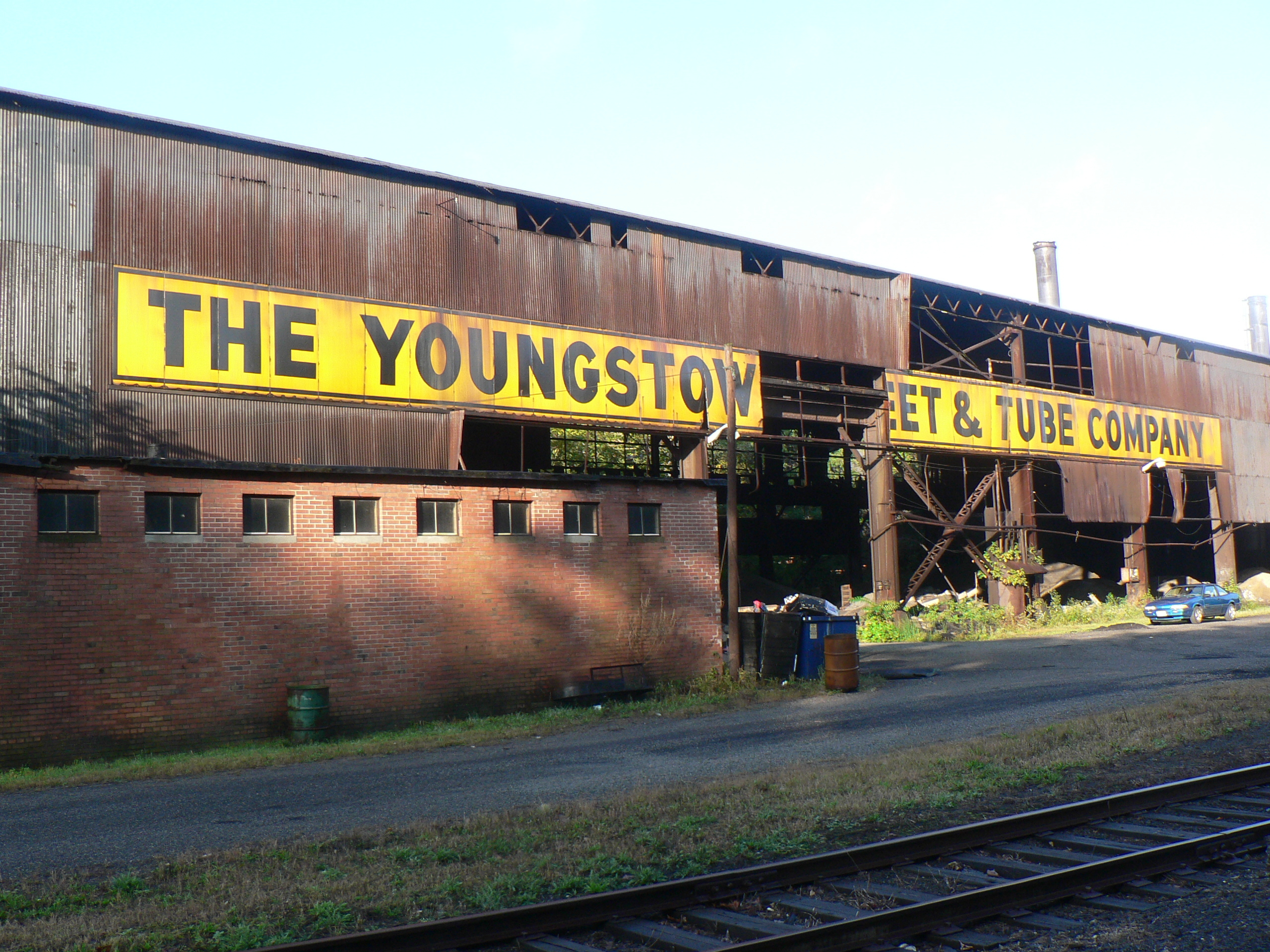The share of US income received by labor has declined precipitously in recent decades. This decline has important regional dimensions: from the nineteen eighties, deindustrialization in rust belt states was a major source of the decline. Subsequently, large states matter most, as their dynamic economies experience a decoupling of real wages from labor productivity. At the time of this writing, the US economy, like many others around the world, is being ravaged by the COVID-19 crisis. Given the focus of our new INET working paper presented here, we will save our preliminary findings on the impact of this evolving situation for states and sectors of the US economy for a forthcoming brief. Nevertheless, we outline at the end of this blog potential implications of the crisis for the labor share across US states.
The labor share measures the functional distribution of income. In contrast to the size distribution of income, it categorizes income by type – namely as accruing to the factors of production; capital, labor, land – rather than by household or person – i.e., unit 1, 2, etc. The labor share comprises all labor income, including that from self-employment, whereas the payroll share covers only corporate payrolls. The payroll share is conceptually identical to the ratio of the real wage to labor productivity, and thus a key variable in all current debates about earnings and technology.
In our new INET working paper, we present a decomposition of the US payroll share across US states into four components: real wages, employment shares, labor productivity and relative prices. This Divisia Index Decomposition details the contributions from these four components for all US states to the overall change in the share. Hence, it facilitates a detailed description of the regional sources of the decline in the aggregate US payroll share. Our sample period is 1977 to 2017; we provide results for the entire period and also the four major business cycles contained therein.
Key results can be summarized as follows. First, deindustrialization appears to play a central role in the decline of the payroll share in the early period of our sample. Our disaggregation provides, of course, no detail on sectoral issues per se. However, rust belt states, including Ohio, Indiana and Pennsylvania, drive the fall in the payroll share from 1979 to 1989. Subsequently, a large state effect emerges. New York, California and Texas provide significant negative contributions, while positive contributions by Florida (and Louisiana, a middling state by size) provide a small buffer on the overall decline of payroll share. As discussed below, we have reasons to believe that this buffer may vanish as a result of the current crisis.
Secondly, and crucially, our results suggest that the relationship between economic performance and labor shares across states has changed. In the first two business cycles of our sample (1979-2000), states with dynamic, innovative economies, as indicated by strong labor productivity performance, tended to have relatively high labor shares. In sharp contrast, since 2000 the strong performers have relatively low labor shares. Further, on the basis of so-called “mixture models,” we provide statistical support for the notion that states can be sorted into two groups with statistically significantly different productivity regimes. In this sense, the US economy shows signs of dualism—which is the idea that the economy consists of heterogeneous units that exhibit different behaviors and levels of performance.
In an earlier companion paper, we disaggregated the US labor share by fourteen sectors. Results therein also hinted strongly at a re-emergence of duality, in this case along sectoral lines. Specifically, the decline of the labor share is largely driven by decoupling of real wage growth from labor productivity growth in “dynamic” sectors. Simultaneously, the shift of economic activity towards low productivity “stagnant” sectors buffers the overall decline—since these sectors have on average higher labor shares. In ongoing research, we combine these different approaches, and disaggregate state labor shares by sectors.
The disaggregation across states and sectors can shed light on potential distributive effects of the COVID-19 crisis. We have mentioned above that well performing states have relatively low labor shares. Recent studies, including our own work, show the same for sectors and, by extensions, firms. If these more competitive economies and firms have a better chance to survive the crisis or rebound more quickly, further declines in the labor shares at both aggregate and state levels become likely. We also expect that states with larger shares of low productivity, non-essential services will be hit harder. These are also the states which, we believe, have higher labor shares, albeit keeping in mind that a higher labor share does not translate into a higher wage income. If these economies shrink faster than the average, we expect the US labor share to decline precipitously. Overall, we expect the crisis to exacerbate inequality in most states.







